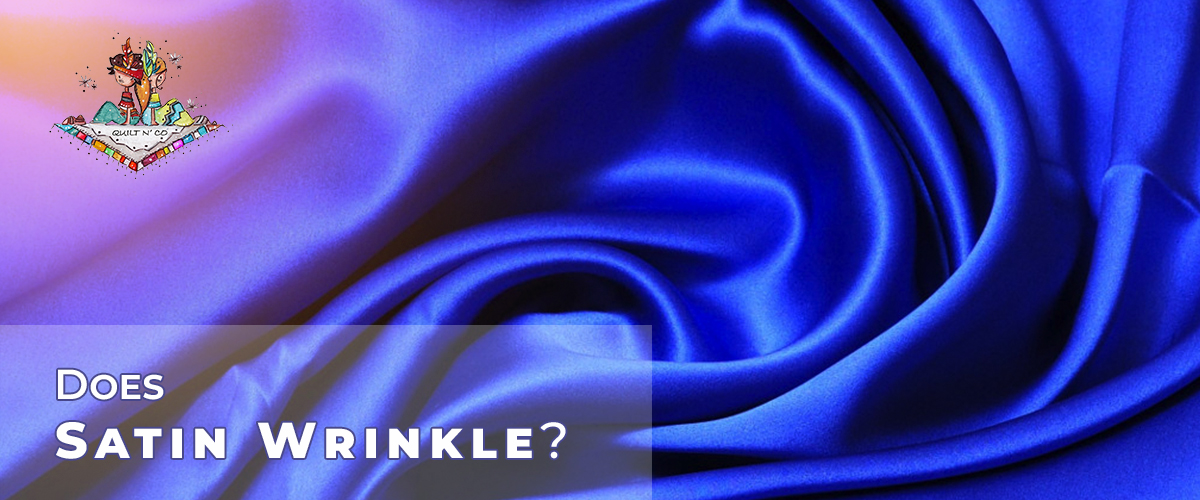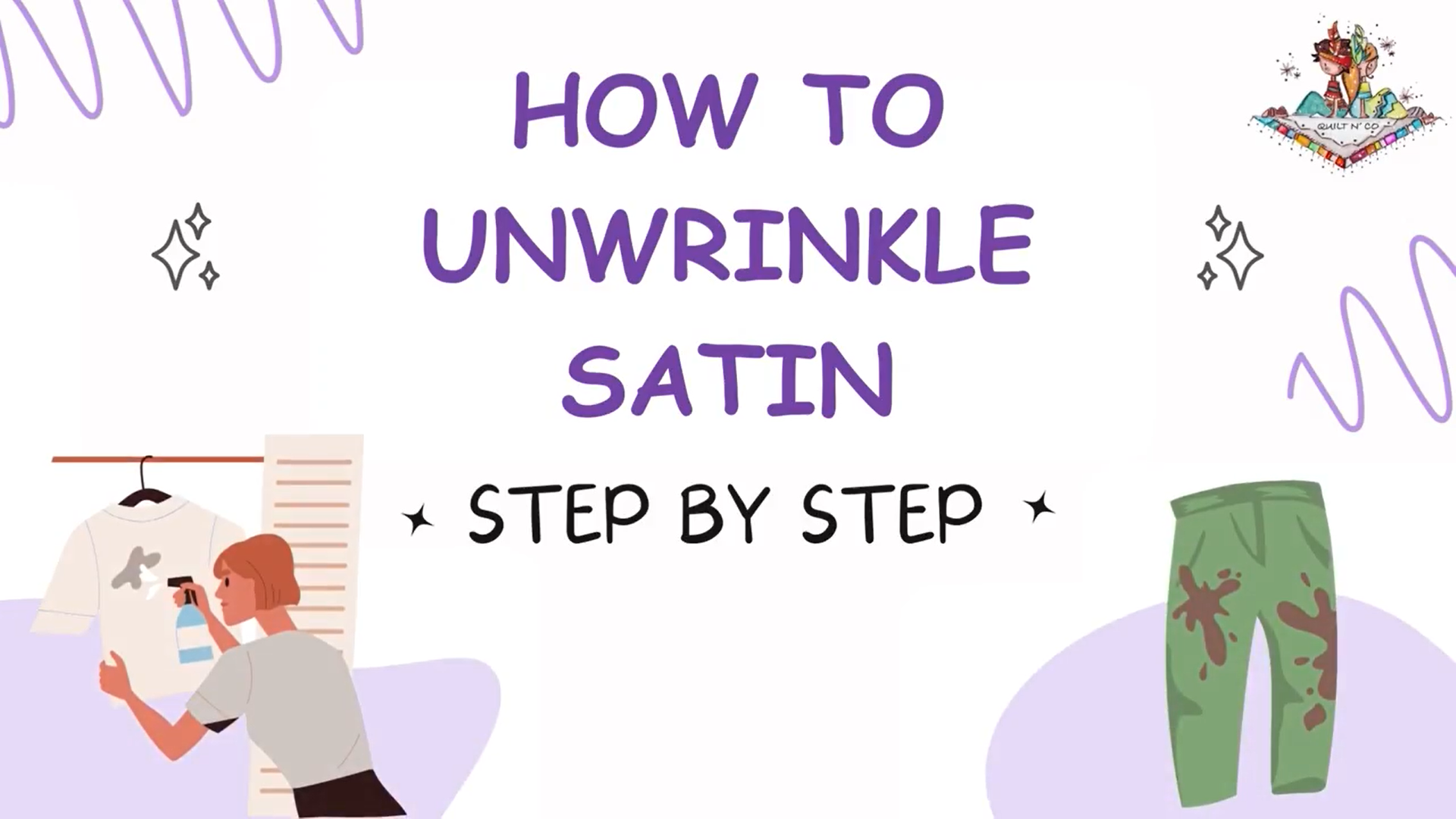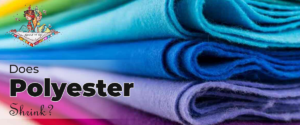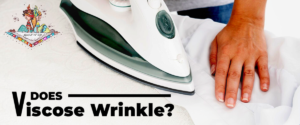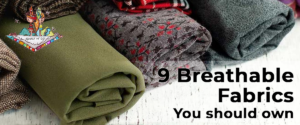Yes, satin does wrinkle. Although satin does wrinkle it does not wrinkle very quickly. The thicker the satin the less and harder it is to wrinkle.
Satin is a great fabric to use if you want to reduce the frequency of wrinkles. It wrinkles less often than other materials such as cotton and linens.
While it’s not completely wrinkle-resistant, sating is a very close alternative.




How Badly Does Satin Wrinkle?
Satin doesn’t wrinkle as much as other fabrics. It’s one of the primary reasons why I choose it over more expensive counterparts.
That said, while satin is resistant to wrinkling, they do wrinkle. Two factors contribute to satin wrinkling: thickness and composition.
Thickness
Thicker satin tends to be less prone to wrinkles than lighter variations. Thicker satin will keep its shape and typically revert to a smooth fabric.
Lighter satin is typically more flexible and easier to fold. The fold will cause it to wrinkle more often than thicker satin fabrics.
Composition
Specific satin blends are more susceptible to wrinkles than others. For example, a textile blend that almost doesn’t crease. That said, when it does, it’s a lot harder to remove the wrinkles.
On the other hand, a Rayon blend is more susceptible to creasing. To remove the wrinkles, you’ll likely need to go dry cleaning.
Does Satin Wrinkle Easily?
No, satin does not wrinkle easily. Certain instances will make satin easier to wrinkle.
Thin satin fabric will wrinkle much easier than thicker satin. Thinner satin typically has loose weaves and is easier to fold, making it less resistant to wrinkles.
Satin will also wrinkle much easier when it’s wet or hot. When satin is wet or under heat, the fibers will relax. The relaxed fibers will wrinkle much easier than when the fibers are tight.
When sating comes out of the washer or dryer, it will wrinkle faster. Be sure to let it cool down or dry to make it more wrinkle resistant.
Does Satin Crease?
Yes, satin does crease. How easy it is to crease will depend on the type of satin you as using. Similar to wrinkles, thick satin is harder to crease than thin satin.
Creases are typically done on purpose, but they also happen accidentally. Since thick satin is harder to fold than thinner satin, this is typically the reason that it’s much harder to crease.
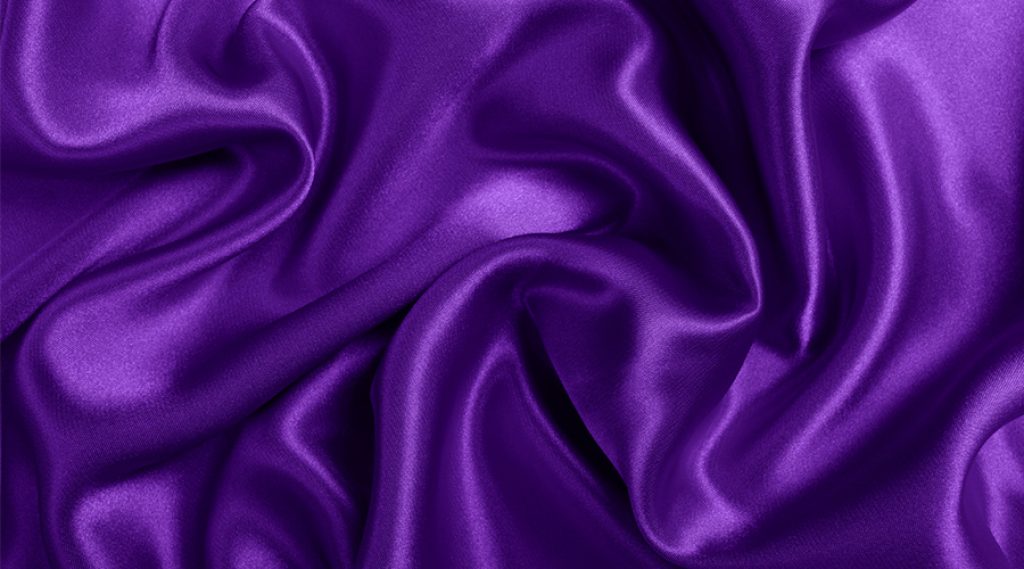
Tips To Avoid Wrinkles On Satin
1. Air Drying
To avoid wrinkling, keep your satin out of the dryer. Drying it in a machine increases the chances of wrinkling.
If you need to dry your satin quickly, you can use your dryer on low heat for a few minutes. Consider adding a few items along with it to prevent too much heat directly on the satin.
2. Let It Dry Completely
When satin is damp or wet, it’s more prone to wrinkles. Make sure that you let your satin is completely dry before you wear it.
This also applies to the dryer. After drying your satin, let it cool down before you wear it. Warm or hot satin is more prone to wrinkles.
3. Pick The Right Fit
Always wear well-fitted clothing. The baggier your satin is, the more it will wrinkle. At the baggier sections of your clothing, sating will fold and cause wrinkles.
Clothes that are too tight can also cause wrinkles. When you move or sit, it can cause the satin to stretch or fold, causing wrinkles and creases. For the least wrinkles, you want well-fitted satin clothing.
4. Store It Properly
You want to make sure you store satin properly so that it does not wrinkle.
The best way to store satin is to hang it up to prevent folding and creases. If you can’t hang it, fold it between several other garments to avoid wrinkling.
Also, avoid multiple folds. Try to limit your fabric to 2-3 folds. Also always make sure your satin is folded tightly. Lose folds can cause wrinkles within the folds.
5. Use Wrinkle Removing Spray
Wrinkle removing spray is an easy way to prevent and eliminate wrinkles from your clothing. If you start to experience wrinkles, then giving a few quick sprays on your satin will remove the wrinkles.
Wrinkle Spray is excellent for light wrinkles but is not as effective on deep or excessive wrinkles.
6. Adjust Your Clothing
When your sitting down or standing make sure you adjust your clothing.
Eliminate any folds or creases that happen as you move around.
Important areas to focus on adjusting are around the waist and legs. These areas of dresses and shirts then to fold as we sit down or stand up.
Step by Step Tutorial
Prep Your Satin
Heat is the kryptonite for delicate fabrics, so you want to be extremely careful in doing this. It requires meticulous handling.
To get started, you need to turn your satin pieces inside out. This step will protect the garment from losing its sheen and from snagging.
Use Low Heat Settings
Usually, irons have a preset option for satin. If you don’t have a satin option you can also use polyester setting since they typically use the same heat setting.
If you don’t have preset heat settings you can use the lowest heat option. You can use temperatures between 110°F and 150°F.
Use protection
You want to minimize the exposure to direct heat. To do this you can prepare a damp cloth to cover the material while ironing. You can also use a towel or pressing mat as an alternative. This will allow you to iron freely without damaging your fabric.
Use Smooth and Continuous Motions
Now that you’re all set, you can start ironing. The key to ironing satin is to use smooth and continuous motions.
Make sure to avoid staying in one area too long. I know that you’re itching to remove the wrinkles, but staying in one place won’t speed up the process.
You have to move continuously and let the heat smooth them out over time. Holding the iron in one location can cause your satin to melt.
You can start with the smaller sections like the pockets or collars, then move to the larger ones like the chest. If, by any chance that you create a scorch mark, don’t panic. You can remove that with a damp washcloth.
Let It Cool Down
Don’t rush to wearing your satin. When satin’s hot, it’s more vulnerable to wrinkles. Let it cool down to prevent the wrinkles from bounding back.
Use Low Heat
When throwing your satin in the dryer, you want to make sure you’re on low heat. High heat can damage or even melt satin.
Use a Damp Clothing
You can remove more wrinkles and protect your satin by placing a small piece of damp cloth inside the dryer with it.
You can use a small rag or even a sock. Wet the cloth and then wring it out to ensure there’s not too much water. You don’t want your clothing wetter than when you put it in.
The water will create steam and also reduce the heat in the dryer. The steam will protect your satin and reduce wrinkles faster.
Let it Cool Down
Once you are done drying, hang your satin and allow it to cool down. This will allow the fibers to strengthen and will cause fewer wrinkles when you wear it.
Hang Your Satin
The best way to steam your satin is to hand it up. Using a steam iron will work but is more prone to damages and mistakes.
Keep Your Distance
Don’t apply your steamer directly on your satin. You want to stay between 3 and 6 inches away from your sating. The distance will depend on the power of your steamer.
Start at six inches and move closer until you start to see the steam make slight contact with the fabric.
Start at the bottom
When you steam, you want to start at the bottom and move up and down. This will allow the steam to rise and eliminate wrinkles on the upper regions of the garment at the same time.
You will likely need to do 2-3 passes for heavily wrinkled satin. It’s best to do a single pass over the entire garment and then return to complete the process again. Doing multiple passes in one place is not effective. You first want the fabric to relax and then steam again for the best results.
How To Remove Wrinkles From Satin Without An Iron?
If you don’t have an iron, your not at a complete loss. There are several ways you can remove wrinkles without an iron. The two most common options are to steam or use the dryer on low heat. But you can also remove wrinkles with household objects that create low heat.
For example, you can also use a blow dryer, hair straightener, or a hot bath with careful application. These methods are not as effective, but it can still be done to remove wrinkles in an emergency.
How To Remove Creases From Satin?
To remove creases, you can use the same methods you would use to remove wrinkles. The best way to remove creases is to iron or steam.
These methods allow you to place focused heat on the creases. To remove the creases, you need to make smooth continuous motions with low heat.
Does Satin Polyester Wrinkle?
Yes, satin polyester does wrinkle but it wrinkles less than 100% satin. Polyester is one of the most wrinkle-resistant fabrics available.
Combining polyester with satin will only make it more wrinkle-resistant than before. Like 100% satin, polyester satin is more prone to wrinkling when it’s wet or right after being exposed to heat.
To avoid wrinkles, you want to keep satin polyester blended fabrics hanging rather than folded. When satin-polyester is folded, it’s more likely to wrinkle.
Conclusion
Keeping the wrinkles away from your beloved satin pieces may cost your time and patience.
The procedures above serve me well. I hope that it works the same for you too.
Pick any of the procedures I listed above, and I’m certain that you won’t need to suffer from stubborn creases any longer. Now please keep trying and don’t let those wrinkles bring you down!
I’m betting on you.


